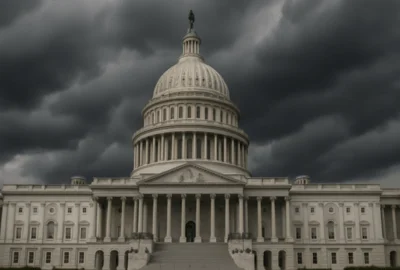The United States Environmental Protection Agency (EPA) is seeking public comments until December 2, 2024, regarding proposed actions related to air quality and sulfur dioxide (SO2) in Puerto Rico. The EPA sets standards for certain air pollutants, including sulfur dioxide, known as the National Ambient Air Quality Standards (NAAQS). The agency has identified two areas in Puerto Rico—one in San Juan and another in Guayama-Salinas—that did not meet the SO2 standard. This formal determination of noncompliance is proposed because these areas failed to meet air quality standards under the Clean Air Act by the deadline of April 9, 2023.
The EPA also proposes to approve parts of a plan from Puerto Rico's Department of Natural and Environmental Resources aimed at reducing SO2 emissions within these noncompliant areas. This plan includes reducing emissions from three facilities operated by the Puerto Rico Electric Power Authority: AEE San Juan, AEE Palo Seco, and AEE Aguirre.
"Reducing sulfur dioxide pollution in the air is critical to protecting health," stated Lisa F. García, regional administrator for the EPA. "Achieving compliance requires that the EPA work with the government of Puerto Rico to reduce or eliminate air pollutants that can cause health hazards or diseases. We invite the public to review this proposal and submit their comments before December 2."
To provide more information about these proposed actions, the EPA will hold two community briefing sessions. The session for San Juan will take place on October 22, 2024, at 6:00 p.m. at the Interamerican University School of Law located at 170 Federico Costas Street, San Juan. The community briefing for Guayama-Salinas will be held on October 24, 2024, at 6:00 p.m. at Interamerican University - Guayama Campus.
More information on these proposed actions and how to submit public comments can be found at www.regulations.govExit EPA’s website.
When an area fails to meet an established air quality standard set by the EPA for a specific pollutant, it is designated as “noncompliant.” Once designated as such for a particular pollutant, states or territories are required to reduce emissions in that area within five years to comply with standards. They must also create a State Implementation Plan (SIP) showing how they will achieve compliance within this timeframe.
Short-term exposure to sulfur dioxide can damage human respiratory systems and make breathing difficult. Individuals with asthma are particularly sensitive to SO2 effects. At high concentrations, sulfur oxides can harm trees and plants by damaging foliage and hindering growth. Major sources of SO2 emissions include fossil fuel combustion at power plants and other industrial facilities.
Follow EPA Region 2 on XExit EPA’s website or visit our Facebook page Exit EPA’s website for more information about Region 2.





